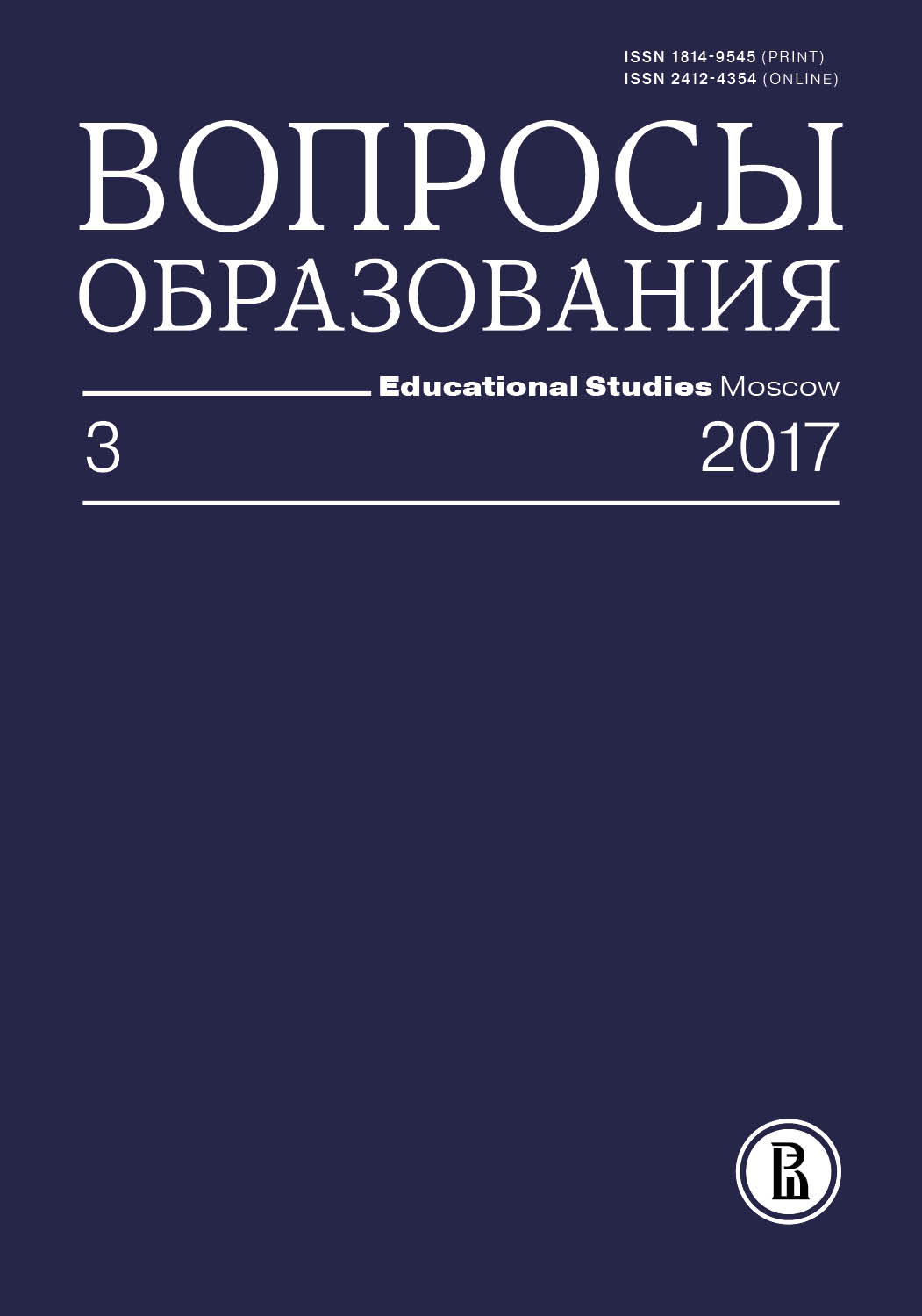Образовательные онлайн-ресурсы для школьников и цифровой барьер
Аннотация
Под цифровым барьером первого уровня понимается различие в доступе к интернету у разных групп населения, цифровой барьер второго уровня — это различия в практиках использования интернета. Эмпирической базой исследования являются опросы школьников, выполненные в 2014–2016 гг. в СанктПетербурге (94 школы, 3739 учеников 10‑х и 11‑х классов) и в Калужской области (249 школ, 27 904 ученика 6–9‑х классов). Показано, что в мегаполисе цифровой барьер первого уровня отсутствует. В Калужской области различия в доступе к интернету обусловлены типом населенного пункта (город или село), составом семьи (полные или неполные семьи) и образованием родителей школьника (наличие или отсутствие высшего образования); в самом уязвимом положении оказываются школьники, социальноэкономическое положение которых характеризуется совпадением всех трех негативных факторов. Что касается использования интернета, то ни в Калужской области, ни в Санкт-Петербурге не выявлено различий между школьниками в зависимости от семейного бэкграунда, тапа школы, типа населенного пункта. Большинство школьников пользуются образовательными ресурсами, причем интенсивность использования увеличивается с возрастом. Описаны несколько специализированных образовательных ресурсов для школьников. Наиболее популярным ресурсом является Википедия; из специализированных ресурсов школьники чаще всего пользуются сайтом Znanija.com. Лишь небольшой процент школьников (около 2%) пользуются сайтами готовых домашних заданий.








